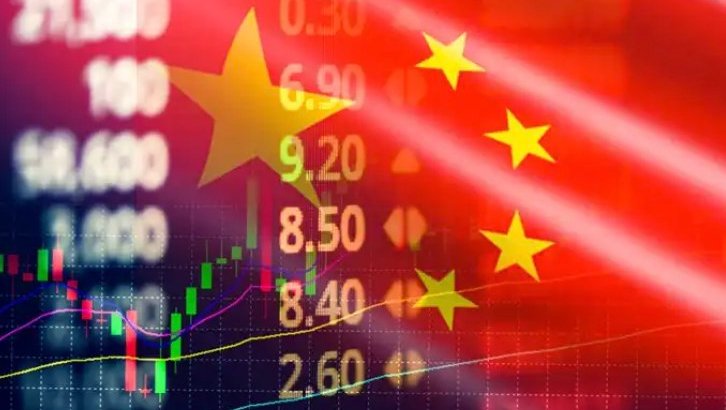$BABA $FXI $MCHI
#China #GDP #StockMarket #Economy #Stimulus #TradeWar #USChina #Investing #Crypto #Finance #Markets #Growth
China on Wednesday set its GDP growth target for 2025 at “around 5%” as it begins its annual parliamentary meeting amid escalating trade tensions with the U.S. The economic goal signals Beijing’s intent to maintain steady expansion despite challenges such as a slowing property sector, declining exports, and reduced foreign direct investment. Achieving the 5% growth target would require a combination of policy measures, including increased fiscal spending, monetary easing, and structural reforms to counteract external pressures. Following the announcement, investors are closely watching how Chinese policymakers will stimulate domestic demand and maintain economic stability while addressing growing global concerns over supply chain disruptions and geopolitical uncertainties.
The Chinese government outlined a series of stimulus measures aimed at bolstering economic recovery, including fiscal incentives, infrastructure investments, and tax reductions for businesses. Officials also emphasized the importance of technological self-reliance, highlighting increased funding for semiconductor development and artificial intelligence research to mitigate risks associated with U.S. sanctions. The Chinese stock market responded with mixed reactions, with tech and infrastructure-related stocks seeing slight gains, while broader indices remained volatile. Analysts suggest that while these measures may provide short-term support, structural challenges such as high corporate debt levels and weak consumer spending could limit their long-term effectiveness.
This economic target and stimulus approach come at a time when China is facing mounting tensions with the U.S. and its allies over issues such as trade, technology restrictions, and supply chain disruptions. Increasing tariffs and export controls from Washington have negatively impacted Chinese tech and manufacturing sectors, forcing companies to diversify their markets and rely more on domestic growth. Meanwhile, the real estate crisis, exacerbated by debt-laden developers like Evergrande, continues to weigh on investor sentiment. A successful implementation of government-led stimulus could help stabilize markets, but concerns remain over whether these measures will be enough to restore confidence in China’s struggling investment landscape.
For global investors, China’s policy direction will play a crucial role in shaping broader market movements. Sectors linked to Chinese growth, including commodities, manufacturing, and emerging market ETFs, may experience volatility as investors assess the effectiveness of Beijing’s economic strategies. Companies with significant exposure to Chinese demand, including multinational firms in technology and consumer goods, could see fluctuations in stock performance based on Beijing’s ability to sustain economic momentum. Additionally, crypto markets may also react to China’s measures, given their impact on global liquidity conditions and investor risk appetite. As the year progresses, market participants will be closely monitoring key indicators such as retail sales, industrial output, and trade balances to gauge whether China can successfully meet its ambitious growth target.











Comments are closed.